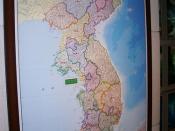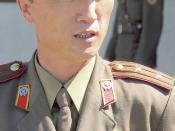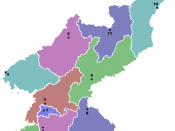In the 5 stages of the Rostow model, the role of capital investment is greatest during the preconditions to take off stage and take off stage. The amount of investment to countries in the preconditions to take off stage usually comes out to be 5% of their GDP. Many counties reach this stage because of colonization. After they pass that stage, they reach take off, by this stage they are usually independent, manufacturing industries grow rapidly, better transportation needs to be put in, the money for this usually comes from foreign investment (10%-15% of GDP) or borrowing from other countries. In the stages beyond take off, capital investment usually decreases because the country becomes economically self sustainable, meaning that the country it self can manage the costs for its own development.
In order to be pushed into the stage 4 of the Barke and O'Hare model, TNC's play a major role in bring in the investment and skills needed to bring up the standard of living in developing countries.
The reason TNC's move to developing countries is because they want cheaper labor, tax concessions and being closer to a growing market. According to the BH model, these TNC's help the developing countries develop, however, in many places this is not the case, the TNC's want the wages to stay low, want the laws to stay relaxed. In China, there are many TNC's such as Nike, McDonald's... Most of the money that is made in these places goes back to the mother country of the TNC's, though they might want to keep things the way they are, they are still TNC's meaning they must report back to the MEDC they are from, therefore they must keep certain global standards, exposing the Chinese to these standards pushes the local factories to bring...


